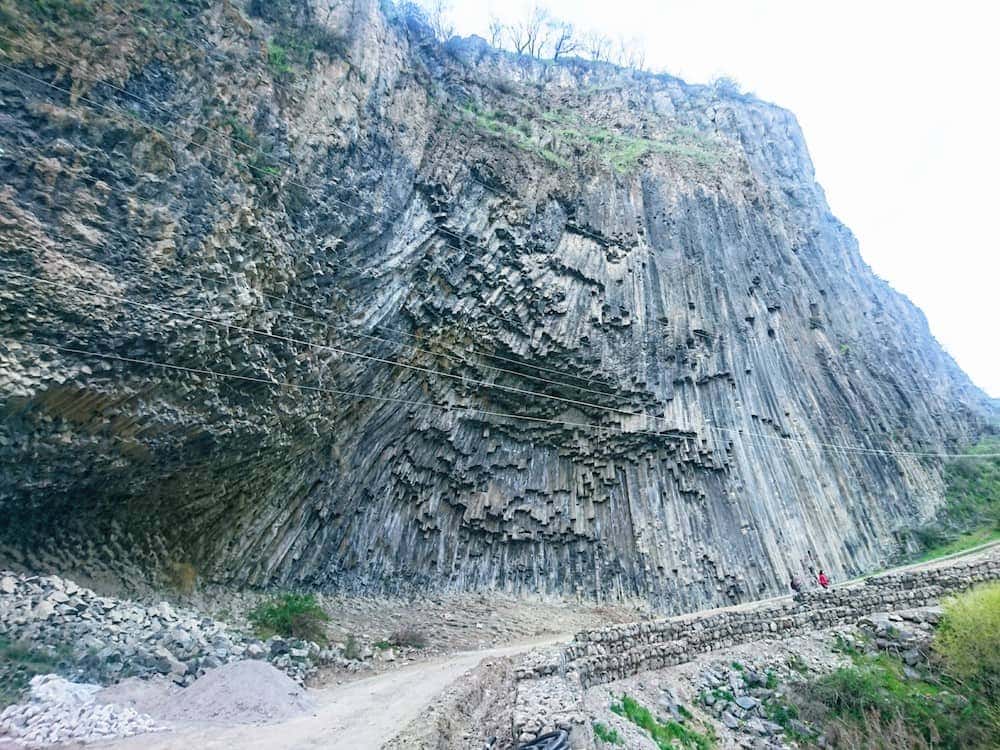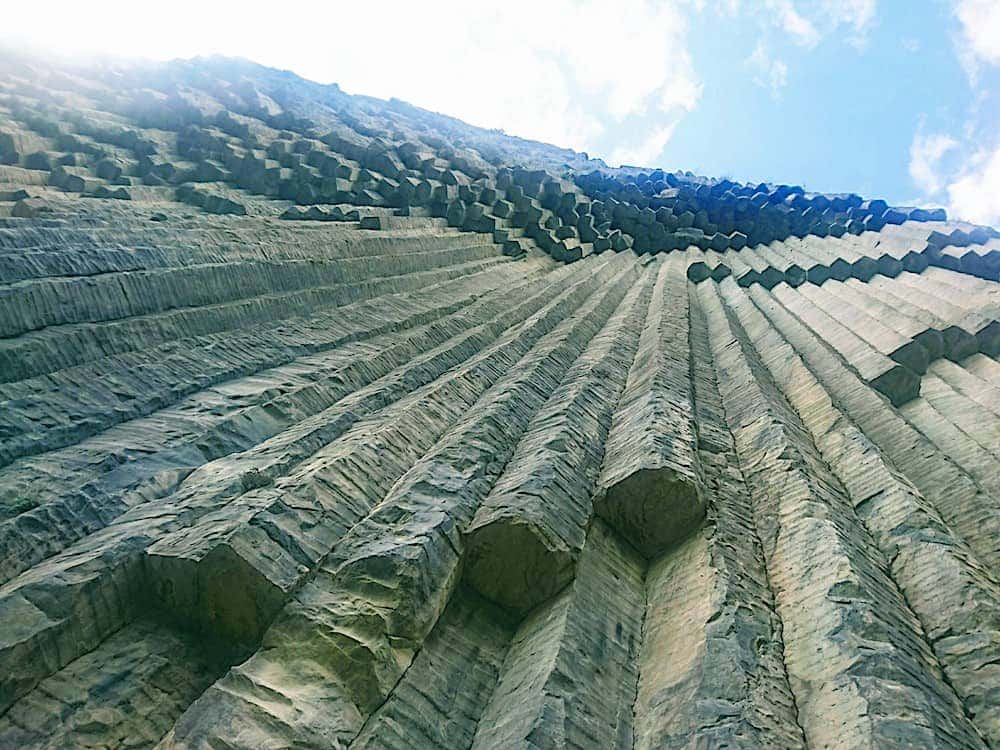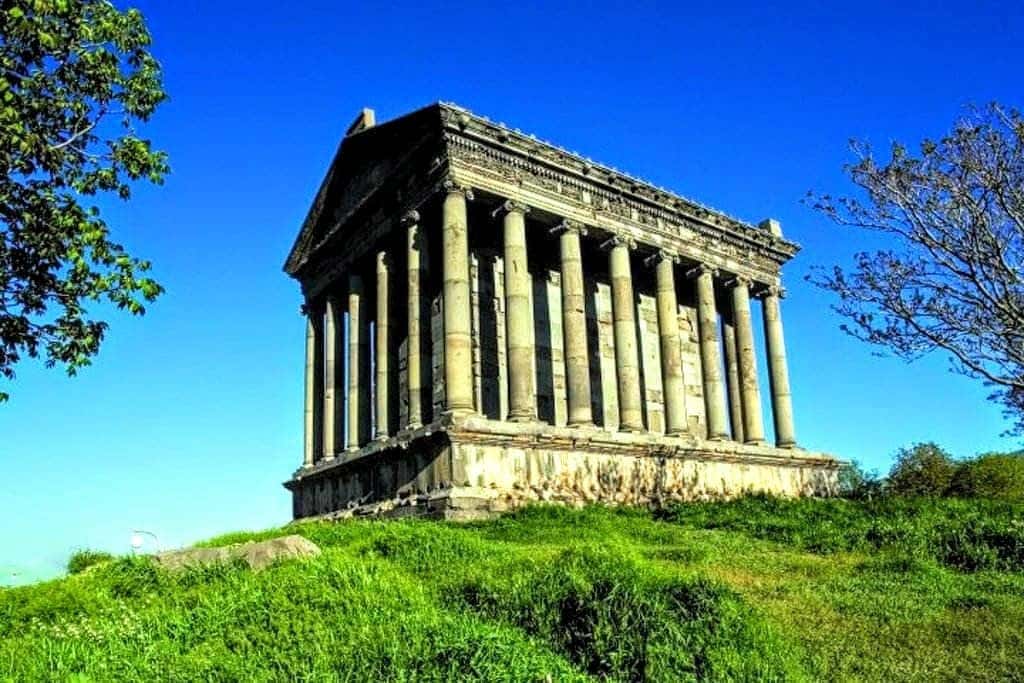Гарни
Расположенные среди суровой красоты Армении, Гарни и Гегард манят путешественников отправиться в путешествие во времени. Эти два древних места, пропитанные историей и легендами, дают представление о богатом культурном наследии Армении. Давайте углубимся в истории и загадки, окружающие эти замечательные места.
Гарни:
Гарни, живописная деревня, расположенная в 30 км к юго-востоку от Еревана, является домом для греко-римского храма, который является свидетельством древнего прошлого Армении. Считается, что храм, построенный в 66 году нашей эры царем Тиридатом I, посвящен богу солнца Арегу (Митре). Несмотря на ущерб от землетрясений на протяжении веков, храм был тщательно восстановлен в своем первоначальном архитектурном стиле, предлагая посетителям заглянуть в древнее прошлое Армении.
Дизайн храма с коринфскими колоннами и сложной резьбой отражает влияние греческой и римской архитектуры на армянскую культуру. На этом месте также есть римская баня и греческие надписи на полу, что является еще одним свидетельством богатой истории региона.

Гегард:
Всего в двух шагах от Гарни находится Гегард, монастырский комплекс 4-го века, основанный Святым Григорием Просветителем. Высеченный в скалах ущелья реки Азат, Гегард известен своим уникальным архитектурным дизайном и духовным значением. Когда-то в монастыре находилось более 140 келий для монахов, а его главная часовня, основанная в 1215 году, по сей день остается местом паломничества.
Название «Гегард» переводится как «копье», отсылка к копью, ранившему Иисуса во время его распятия, которое было принесено в монастырь апостолом Иудой (Фаддеем). Копье оставалось в Гегарде 500 лет, прежде чем было перенесено в Эчмиадзинский собор.

Легенды и тайны:
И Гарни, и Гегард окутаны легендами и тайнами. Согласно одной легенде, Гегард защитила от захватчиков таинственная армия, появившаяся из ниоткуда, а другая говорит о спрятанном в стенах монастыря сокровище. Эти истории, наряду с захватывающей дух природной красотой окружающего ландшафта, добавляют очарования этим древним местам.
Гарни и Гегард – это не просто исторические достопримечательности; они являются живым свидетельством непреходящего духа и культурного наследия Армении. Являетесь ли вы любителем истории, духовным искателем или просто путешественником в поисках новых впечатлений, посещение этих двух замечательных мест обещает незабываемое путешествие по древним чудесам Армении. Исследуя храмы, монастыри и чудеса природы Гарни и Гегарда, вы откроете для себя вневременную красоту и богатую историю, которые делают Армению поистине уникальным местом.


Добавить комментарий